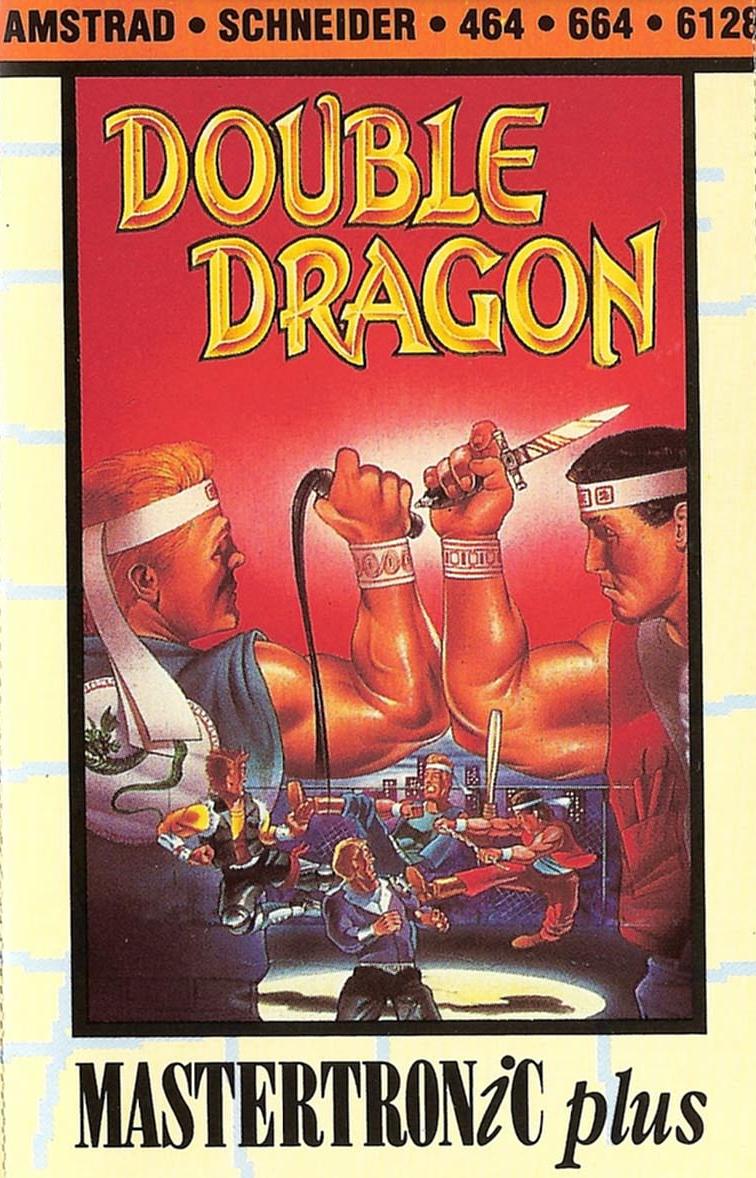Double Dragon
| Title | Label | Cover | |
|---|---|---|---|
Amstrad CPC |
|||
 |
Double Dragon
· Cassette · 1988 |
Erbe Software S.A. | |
 |
Double Dragon
· Cassette · 1988 |
Mastertronic | |
 |
Double Dragon
· Floppy Disk 3' · 1988 |
Dro Soft | |
 |
Double Dragon
· Cassette · 1988 |
Dro Soft | |
 |
Double Dragon
· Floppy Disk 3' · 1988 |
Melbourne House | |
 |
Double Dragon
· Cassette · 1988 |
Virgin Games | |
 |
Double Dragon
· Floppy Disk 3' · 1988 |
Virgin Games | |
Atari 2600 |
|||
 |
Double Dragon
· Cartridge · · AK-050 NTSC - North America - Special |
Activision | |
 |
Double Dragon
· Cartridge · PAL - Australia |
HES | |
Atari ST |
|||
 |
Double Dragon
· Floppy Disk 3,5' · |
Melbourne House | |
Commodore 64/128 |
|||
 |
Double Dragon
· Floppy Disk 5'25 · 1984 |
Tradewest | |
 |
Double Dragon
· Cassette · 1984 |
Tronix | |
 |
Double Dragon
· Cassette · 1989 |
Melbourne House | |
 |
Double Dragon
· Cassette · 1991 |
Mastertronic Plus | |
 |
Double Dragon
· Floppy Disk 5'25 · 1992 |
Ocean | |
Commodore Amiga |
|||
 |
Double Dragon
· Floppy Disk 3,5' · 1984 |
Tradewest | |
 |
Double Dragon
· Floppy Disk 3,5' · 1989 |
Melbourne House | |
 |
Double Dragon
· Floppy Disk 3,5' · 1991 |
Tronix | |
PlayStation |
|||
 |
Double Dragon
· CD · 1996 · SLPS-00191 |
Technos Japan | |
ZX Spectrum |
|||
 |
Double Dragon
· Cassette · 1984 |
Dro Soft | |
 |
Double Dragon
· Cassette · 1989 |
Melbourne House | |
 |
Double Dragon
· Cassette · 1989 |
Melbourne House | |
 |
Double Dragon
· Cassette · 1989 |
Tronix | |
 |
Double Dragon
· Cassette · 1991 |
Mastertronic | |
Wikipedia
Double Dragon (Japanese:
This article uses material from the Wikipedia article, which is released under the Creative Commons Attribution-Share-Alike License 3.0
Credits
Code - Animagic, David LEITCH (Amstrad CPC)
Code - Dan Kitchen (Atari 2600)
Graphics - Ben JACKSON, Jeremy NELSON (Amstrad CPC)

